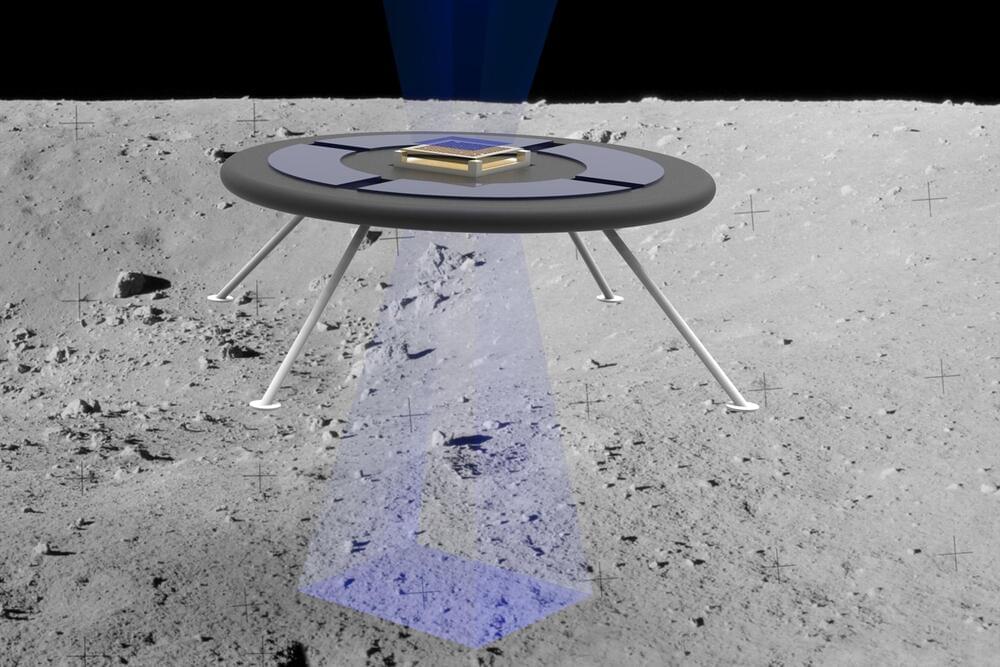Year 2021 face_with_colon_three
Because they lack an atmosphere, the moon and other airless bodies such as asteroids can build up an electric field through direct exposure to the sun and surrounding plasma. On the moon, this surface charge is strong enough to levitate dust more than 1 meter above the ground, much the way static electricity can cause a person’s hair to stand on end.
Engineers at NASA and elsewhere have recently proposed harnessing this natural surface charge to levitate a glider with wings made of Mylar, a material that naturally holds the same charge as surfaces on airless bodies. They reasoned that the similarly charged surfaces should repel each other, with a force that lofts the glider off the ground. But such a design would likely be limited to small asteroids, as larger planetary bodies would have a stronger, counteracting gravitational pull.
The MIT team’s levitating rover could potentially get around this size limitation. The concept, which resembles a retro-style, disc-shaped flying saucer, uses tiny ion beams to both charge up the vehicle and boost the surface’s natural charge. The overall effect is designed to generate a relatively large repulsive force between the vehicle and the ground, in a way that requires very little power. In an initial feasibility study, the researchers show that such an ion boost should be strong enough to levitate a small, 2-pound vehicle on the moon and large asteroids like Psyche.










Comments are closed.